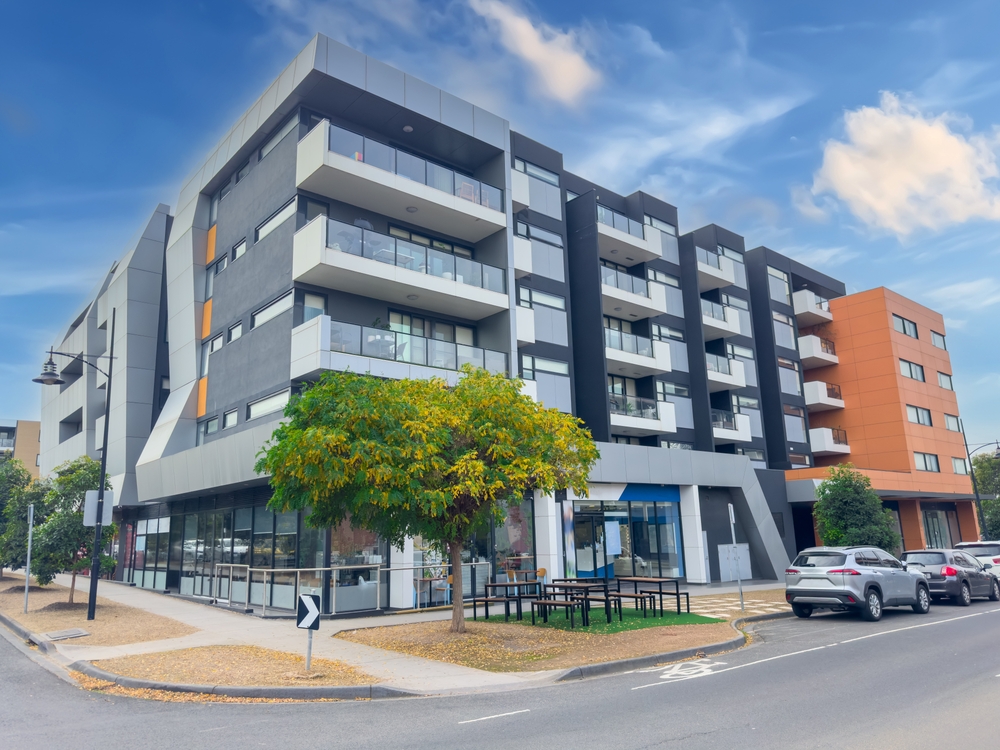As the saying goes, safe as houses. The conventional wisdom is that houses are the reliable bet as an investment, a sure thing when it comes to sustained growth and return. However, units are emerging as a legitimate little sibling contender for capturing real growth in the market.

The REIV Residential Market Index (RMX) is a residential property price index designed to provide a current, simple insight into real property price trends in Victoria, updated on a weekly basis. By using the RMX and its individual metrics, the REIV has focussed on data around both 3-bedroom units and houses in the market and noticed some interesting trends across the property sector.
Currently, the REIV tracks three indices; the RMX, which includes all residential properties in Victoria; the House Index, which includes all houses in Victoria; and the Unit Index, which includes all units, apartments, and townhouses in Victoria. By both combining and disaggregating these indices, we get a better idea of not only where the market is tracking in the big picture, but also how consumers might trend towards units or houses.
The REIV unit index jumped by 3.0 per cent to 152.3 in the third week of May, a notable peak that marked the highest value for the unit index since the index was first created in early 2017 with its baseline of 100. The index has risen by 23.6 per cent since the first week of February of this year, passing the previous peak recorded in April 2022. Buyers have prioritised premium units in convenient locations with 3-bedroom units having the highest quarterly growth rate in Melbourne in the March quarter. Units in Melbourne with 3 bedrooms now capture a median price of $855,000, a notable $45,000 more than houses in Melbourne with the same number of bedrooms.
Taking stock of big picture growth in houses against units, it’s clear that houses in inner Melbourne still continue to hold a strong price lead over units, with the median house price of $1,520,000 relative to that of $1,135,000 for units demonstrating a 25.4 per cent difference of $385,000. Despite this, consumer demand for houses in the inner suburbs doesn’t leave units slouching, as the RMX demonstrates that the median unit price is still showing a strong post-COVID recovery with an RMX index jump of more than 25 per cent since it’s half-decade low in late January 2020. Looking beyond the inner suburbs to the middle and outer suburbs, in addition to regional Victoria, the differences in house and unit prices fail to vary more than 3.7 per cent. This suggests that Victorian consumers are shifting their preferences and embracing unit living. The prevalence of luxury and boutique downsized living that excludes some of the cost and time required to maintain larger homes.
Zooming in at local municipality level gives us insight into how house and units prices diverge and where they are strikingly similar. In the municipality of Hobsons Bay, which includes the rapidly growing bayside suburbs and inland booming suburbs leading down to the Bellarine Peninsula, median 3-bedroom houses and apartments are curiously in sync at $860,000 each. Interestingly, the middle- and outer- rings of Melbourne show an overall trend of 3-bedroom unit prices being close to the median price range of 3-bedroom house prices within the same municipality. Ten municipalities with the least difference in median price all fall into that suburban band, with the exception being the Mornington Peninsula. Out of those ten municipalities, median 3-bedroom houses fail to exceed more than 13 per cent of the value of median 3-bedroom units. This is a strikingly close margin given that several municipalities have 3-bedroom houses being valued at more than 30 per cent more than their apartment counterparts. This will provide comfort to both buyers and developers crowded out of the house-specific market share in contested rings of Melbourne as units continue to be hot propositions for property development.
Through a suburb level analysis, the REIV’s data suggests that beachside living and trendy urban appeal drives a smaller divide between the prices of median 3-bedroom house and their comparative units. Of the twelves spots where the median 3-bedroom unit is more worth more than the equivalent house price, nine are in Greater Melbourne. Those nine widely reflect specific neighbourhood qualities in that they are either situated in a coveted beachside suburb close to the water, right in or around the CBD’s hustle-and-bustle and nightlife, or amongst idyllic and enclosed leafy suburbia in the case of outliers Heidelberg West and Month Albert North.
Strong demand along the Bayside suggests that space can be compromised as long as it is both proximate enough to the sea and large enough to comfortably accommodate a family. This trend can be easily observed along the southeastern coast of Melbourne, with 3-bedroom Mornington units at a median $1,110,000 selling for $167,500 more than houses with the same number of bedrooms. Though its 17.8% lead on 3-bedroom units over houses is remarkable, Mornington isn’t the only beach town with strong consumer demand for units. In fact, a preference for downsized sea change living can be observed heading down both coasts leading away from Melbourne, with Hastings, Ocean Grove, and Torquay all having a higher median price for 3-bedroom units than their equivalent houses. Meanwhile, Cremorne is an unusual inner-city case study, with the median unit price for a 3-bedroom unit being $1,387,500 over an equivalent house’s $1,250,000. The overall trend around these units outpricing their house equivalents suggests an inherent comfort and preference for small space that is being uniquely utilised for its surrounds. The notable exception of these twelve locales is Horsham, a regional city situated in western Victoria. As a remote tourist town with both growing local and international interest in its burgeoning arts sector and scenic countryside, the comparatively high price for a 3-bedroom unit price over a 3-bedroom house price of $456,250 relative to $335,000 suggests an inclination towards newer apartments and developments superseding ageing housing stock in the quickly growing region.
It is safe, perhaps as houses, to assume that 3-bedroom units are often are at the more luxurious side of cozy downsized living. It can certainly be speculated that these units are recent builds with excellent amenities that optimally use floor space whilst being already situated within in-demand areas. Whilst overall there may always be an overwhelming buyer preference for houses due to their space and privacy offerings, the data would suggest that consumer interest has become not only more accommodating but also inclined towards unit living when offered in the right settings.
The REIV publishes its regular data analysis and interpretation for its membership on its website. For the latest weekly movements, visit https://reiv.com.au/property-data/rmx









